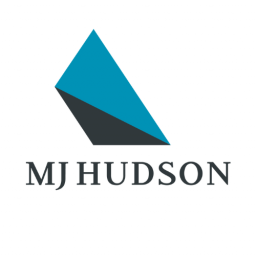Did your due diligence questionnaire fall out of the ugly tree and hit every branch on the way down? Could it scare vultures off a meat truck? Does it read like an actuary, a lawyer and a compliance consultant teamed up to put investors to sleep?
Your due diligence questionnaire needs to be awesome. It should also act as a constant reminder of your brand:
Why? Two major reasons
1. Your DDQ is the document that investors spend the most time with before deciding to allocate or not.
It needs to be easy to read, and that includes being easy on the eye. Formatting, language and diagrams need to be crisp, clear and simple.
It’s not just read by lawyers – so don’t get it written by lawyers… It needs clear signposting and it should reinforce the reasons for investing. Make it a joy to interact with – and LPs will want to interact with your firm.
2. Investors spend a LOT of time with this document. Don’t pass up the opportunity to reinforce your brand.
You remember your brand, right?
Brand is essential for fund managers. You are never in the room when LPs make their final investment decision – but your brand can be. Through design and use of language, it’s possible to make your DDQ sing the National Anthem of your brand.
So – that’s why you should care about having an awesome DDQ.
Now, what do we mean by awesome, and how can you go about achieving it?
Here are five things to consider if you want an awesome due diligence questionnaire:
1. On brand
Make sure you follow your brand guidelines on formatting, colours, fonts etc.
Don’t miss the opportunity to reinforce your brand. This is the single document with most eyeballs on it for the longest period…
2. “Designed”
Yes, there will be tables, and reams of text. But there are no rules against adding moments of beauty on the covers, or as divider pages etc.
So take powerful imagery from your deck, or your beautiful website. Even use images from that refrigeration company you invested in, if you have to. Just use something!
And tables don’t need to be ugly. Don’t use standard cut and paste Excel. Refer to the table styles in your brand guidelines. If your brand guidelines don’t tell you how to format tables, speak to your marketing team.
3. Consistent
It’s easy to farm each section out to the relevant department and stitch it all together at the end. Don’t be Frankenstein’s monster.
Make sure there is a single hand reviewing and editing the final, entire piece. If not, it will be jarring for the reader.
Please don’t let that person be your lawyer or your compliance team. Yes, they need input, but try not to let them hold the pen.
4. Well signposted and easy to read
Readers need to find information quickly. Don’t make it difficult.
Ensure links are working and consider using colour as a guide to the different sections.
Make sure question numbers and titles are easy to pick out from the page.
Give the document space. Don’t try to squeeze it onto as few pages as possible. Use at least 1.1x line spacing and ensure paragraphs are well spaced.
Write with clarity. Resist the temptation to fill it with hundred dollar words. It won’t make you sound more intelligent – just difficult to deal with.
5. Outsource for the win
Everyone is close to this document. Everyone has an opinion on it, and everyone hates putting it together. So speak to a trusted advisor (you trust us, right?) who can do all this for you.
You can find me here.
Think what your IR team could accomplish with the time not spent on this thankless task…

